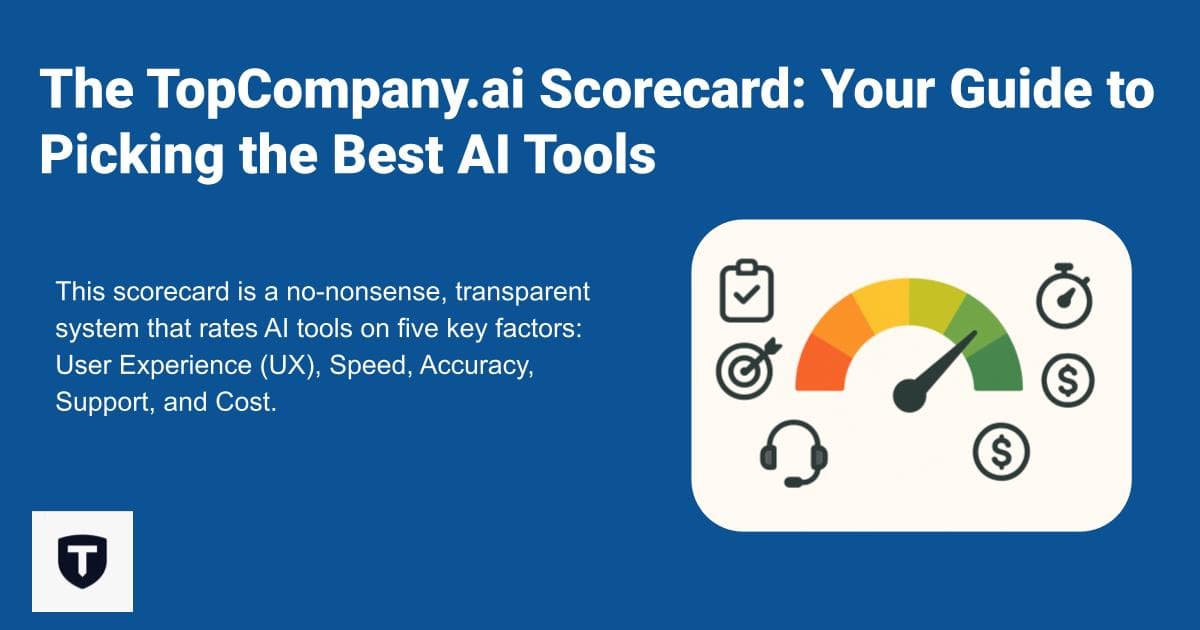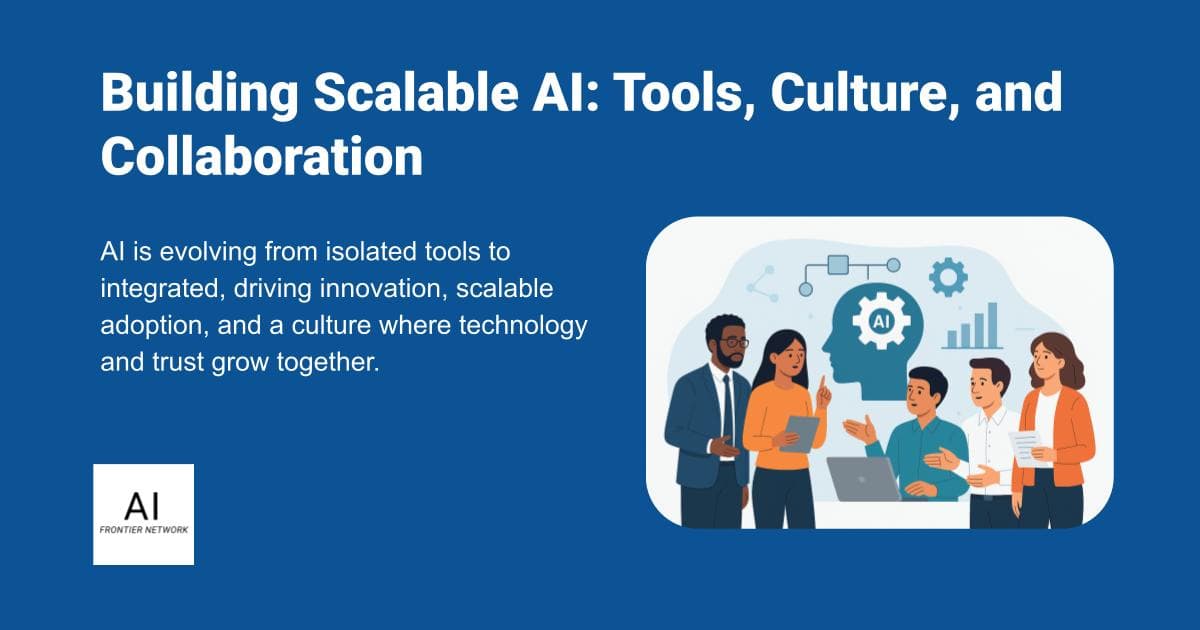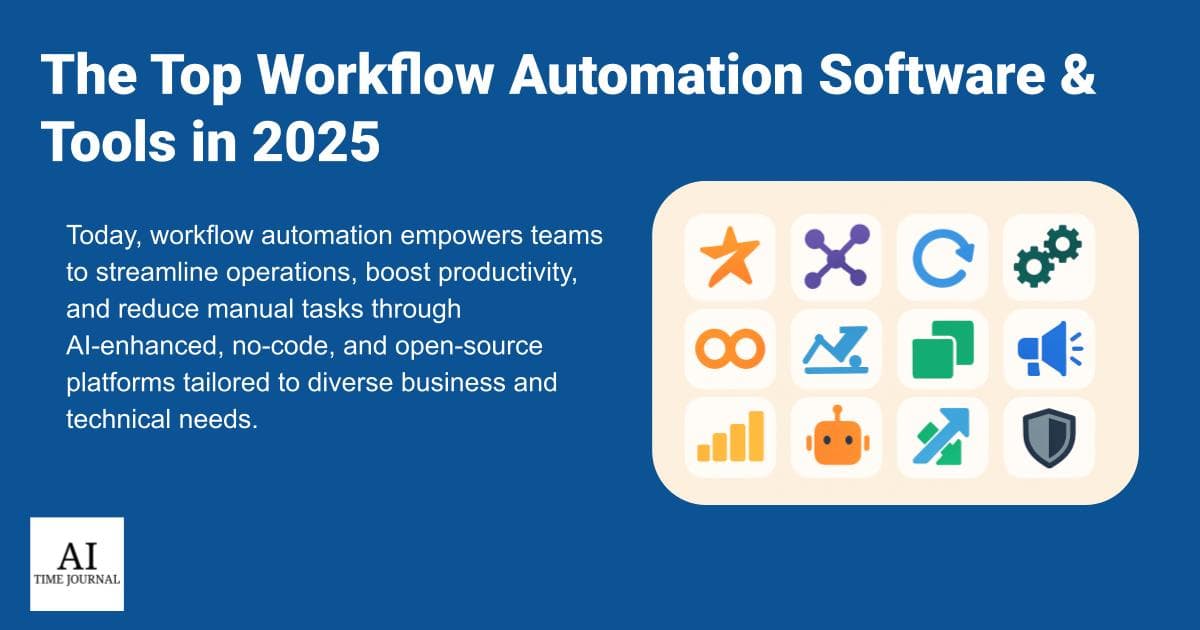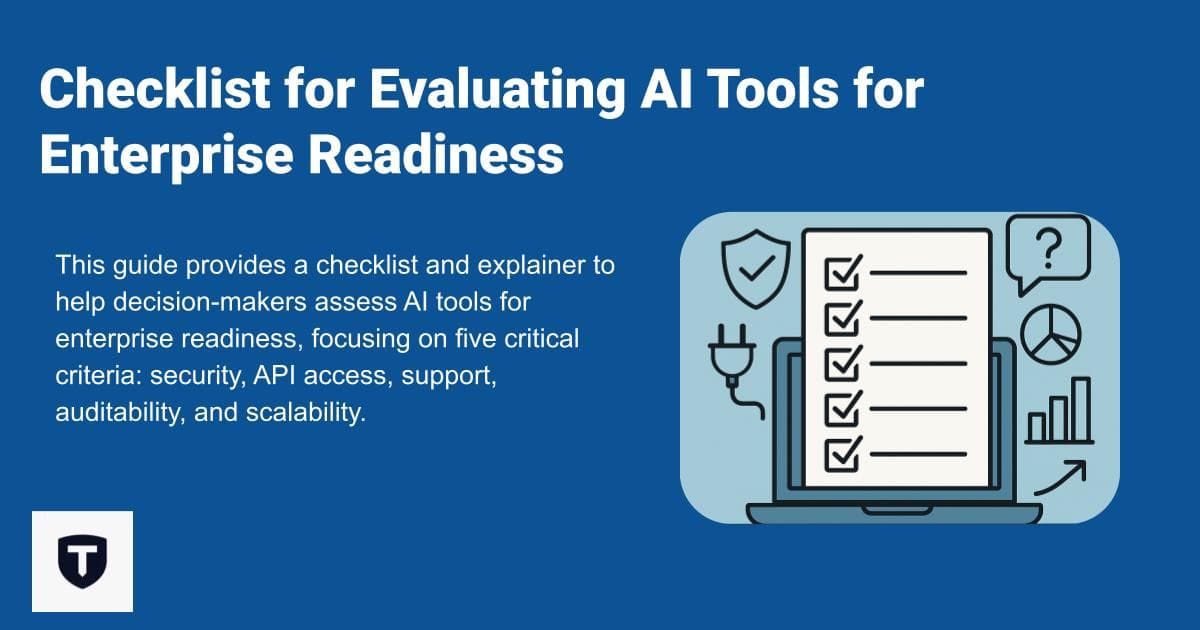At TopCompany.ai, we’re on a mission to cut through the AI hype and help you find tools that actually deliver. Our Scorecard is a no-nonsense, transparent system that rates AI tools on five key factors: User Experience (UX), Speed, Accuracy, Support, and Cost. Whether you’re a solo creator or a Fortune 500 team, this guide breaks down how we test and score tools, so you can make smart choices in 2025. Let’s dive in!
Why Trust Our Scorecard?
With AI tools popping up faster than coffee shops, it’s tough to separate the game-changers from the gimmicks. Our Scorecard is built on hands-on testing, user feedback from X posts, and vendor data, giving you a clear, consistent way to compare tools for writing, search, transcription, and more. Think of it as your cheat sheet for navigating the AI jungle.
How We Rate AI Tools
We score tools on a 1-10 scale across five criteria, weighted by their real-world impact. Here’s the breakdown:
1. User Experience (UX) - 25%
What It Means: Can you use the tool without pulling your hair out? UX is about intuitive design and seamless workflows for everyone, from newbies to pros.
How We Test:
- Interface: Is the layout clean? Are there guides or tooltips to get you started?
- Workflow Fit: Does it play nice with your daily tasks, like drafting emails or analyzing data?
- Accessibility: Think keyboard shortcuts, screen reader support, or multilingual options.
- Real Users: We dig into X posts and platforms like userinterviews.com for honest feedback.
Scoring:
- 8-10: Feels like second nature, no manual needed.
- 5-7: Works fine but might need a tutorial or two.
- 1-4: Frustrating, like assembling furniture without instructions.
Example: Jasper.ai shines with its beginner-friendly templates, while Claude keeps it sleek and distraction-free (jasper.ai, anthropic.com).
2. Speed - 20%
What It Means: Time is money. Speed measures how fast a tool cranks out results, especially under pressure.
How We Test:
- Response Time: We clock how long it takes to generate text, search databases, or transcribe audio.
- Stress Test: We push tools to their limits with big datasets or multiple users.
- Benchmarks: We stack them up against heavyweights like OpenAI’s GPT or enterprise search engines.
- Vendor Claims: We double-check promised speeds with real-world tests.
Scoring:
- 8-10: Lightning-fast, even with heavy lifting.
- 5-7: Decent but slows down under stress.
- 1-4: Feels like waiting for dial-up internet.
Example: Perplexity zips through web queries, and Grok (xAI) keeps enterprise searches snappy (perplexity.ai, x.ai).
3. Accuracy - 25%
What It Means: If the tool’s spitting out nonsense, it’s useless. Accuracy is about reliable, relevant results you can trust.
How We Test:
- Output Check: We verify if answers are correct, context-aware, and on-point.
- Hallucination Watch: For generative AI, we count how often it makes stuff up.
- Use Case Deep Dive: We test specific scenarios, like legal docs or ad copy.
- User Input: We cross-check with expert reviews and feedback from thoughtspot.com.
Scoring:
- 8-10: Spot-on with rare slip-ups.
- 5-7: Mostly reliable but needs occasional fact-checking.
- 1-4: More fiction than fact.
Example: Claude nails low-error outputs, while Fireflies.ai delivers precise meeting transcripts (anthropic.com, fireflies.ai).
4. Support - 15%
What It Means: When things go wrong, is help just a click away? Support is about quick fixes and solid resources.
How We Test:
- Channels: We look for 24/7 options—email, chat, phone, or tickets.
- Response Time: We time how fast critical issues get resolved.
- Resources: We rate help docs, tutorials, and community forums.
- Enterprise Perks: We check for dedicated support for big teams.
Scoring:
- 8-10: Always there with fast, helpful answers.
- 5-7: Okay support but might leave you waiting.
- 1-4: You’re basically on your own.
Example: Otter keeps transcription users happy with great support, while BuildBetter.ai offers VIP help for enterprises (otter.ai, buildbetter.ai).
5. Cost - 15%
What It Means: Is it worth your budget? Cost looks at pricing clarity and value for what you get.
How We Test:
- Transparency: Are prices upfront, or do you need a sales call?
- Value: Do features justify the price tag? Are there free tiers or trials?
- Scalability: Does it stay affordable as your team or usage grows?
- Gotchas: We hunt for hidden fees, like API overages.
Scoring:
- 8-10: Clear, fair pricing with awesome bang for your buck.
- 5-7: Decent value but watch for sneaky costs.
- 1-4: Overpriced or a pricing puzzle.
Example: ChatGPT Plus is a straightforward $20/month, while Grok (xAI) offers free access with scalable SuperGrok plans (openai.com, x.ai).
How We Crunch the Numbers
- Weighted Scores: Each criterion’s 1-10 score is multiplied by its weight (e.g., UX x 25%). Add them up for a total out of 100.
- Hands-On Testing: We spend 10+ hours per tool, trying real tasks like writing blogs or searching data.
- Data Mix: We blend vendor info, X post feedback, and insights from thoughtspot.com and intellipaat.com.
- Fair Play: We normalize scores to level the playing field across use cases.
- Expert Review: Our AI pros double-check everything to keep bias in check.
Keeping It Real: Our Limits
- Bias Busters: We use diverse testers and user feedback to stay objective.
- Freshness: Scores are current as of May 2025. Features or prices might shift, so check sites like x.ai or jasper.ai.
- Scope: We focus on mainstream enterprise and individual tools, not super-niche ones.
- Access: Some enterprise plans are locked behind vendor talks, which can limit full clarity.
Why This Matters for You
- UX saves time: Easy tools mean less training and more doing.
- Speed and Accuracy build trust: Fast, correct results keep your work on track.
- Support keeps you sane: Good help prevents headaches.
- Cost seals the deal: Get max value without breaking the bank.
- Test tools yourself—your use case is unique!
Learn more here: Compare AI Tools.





